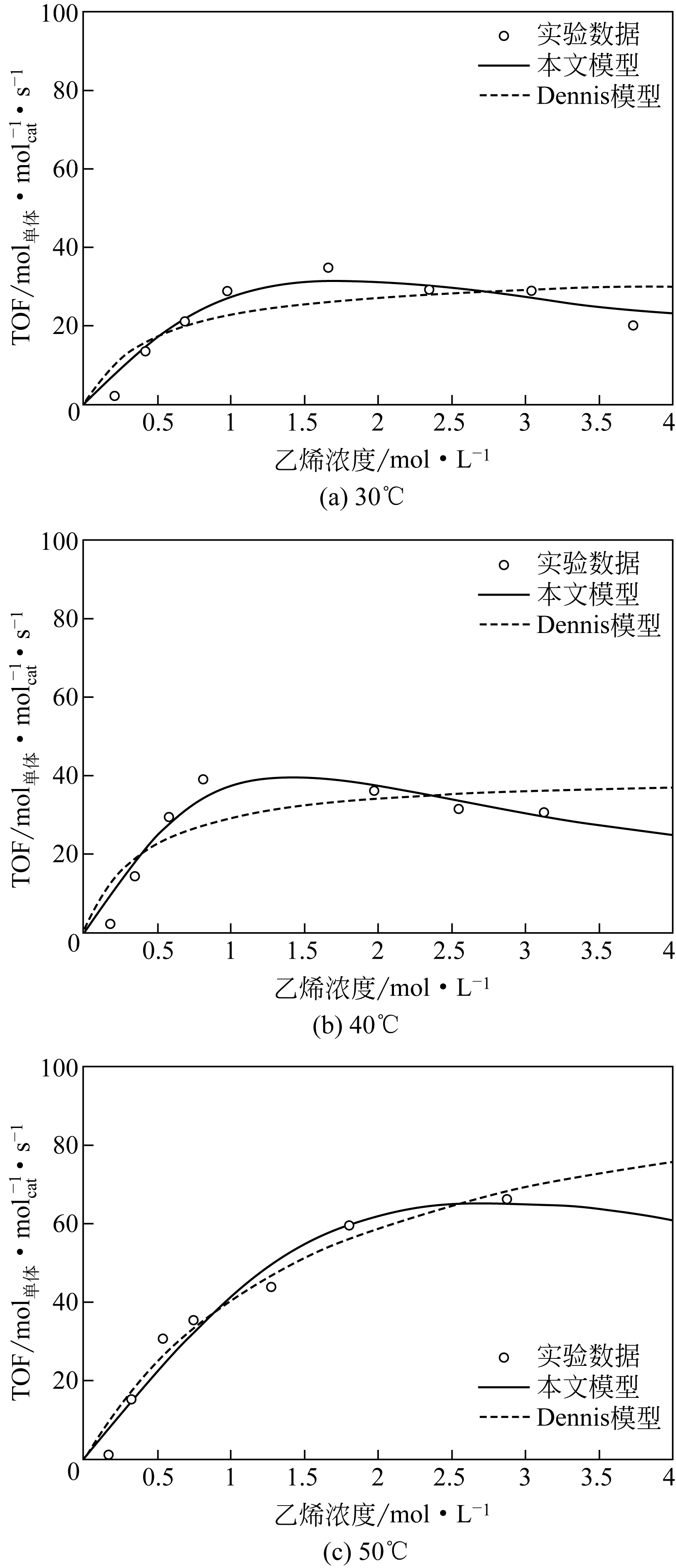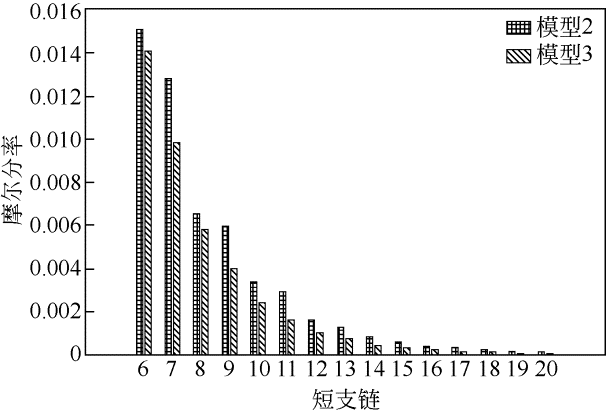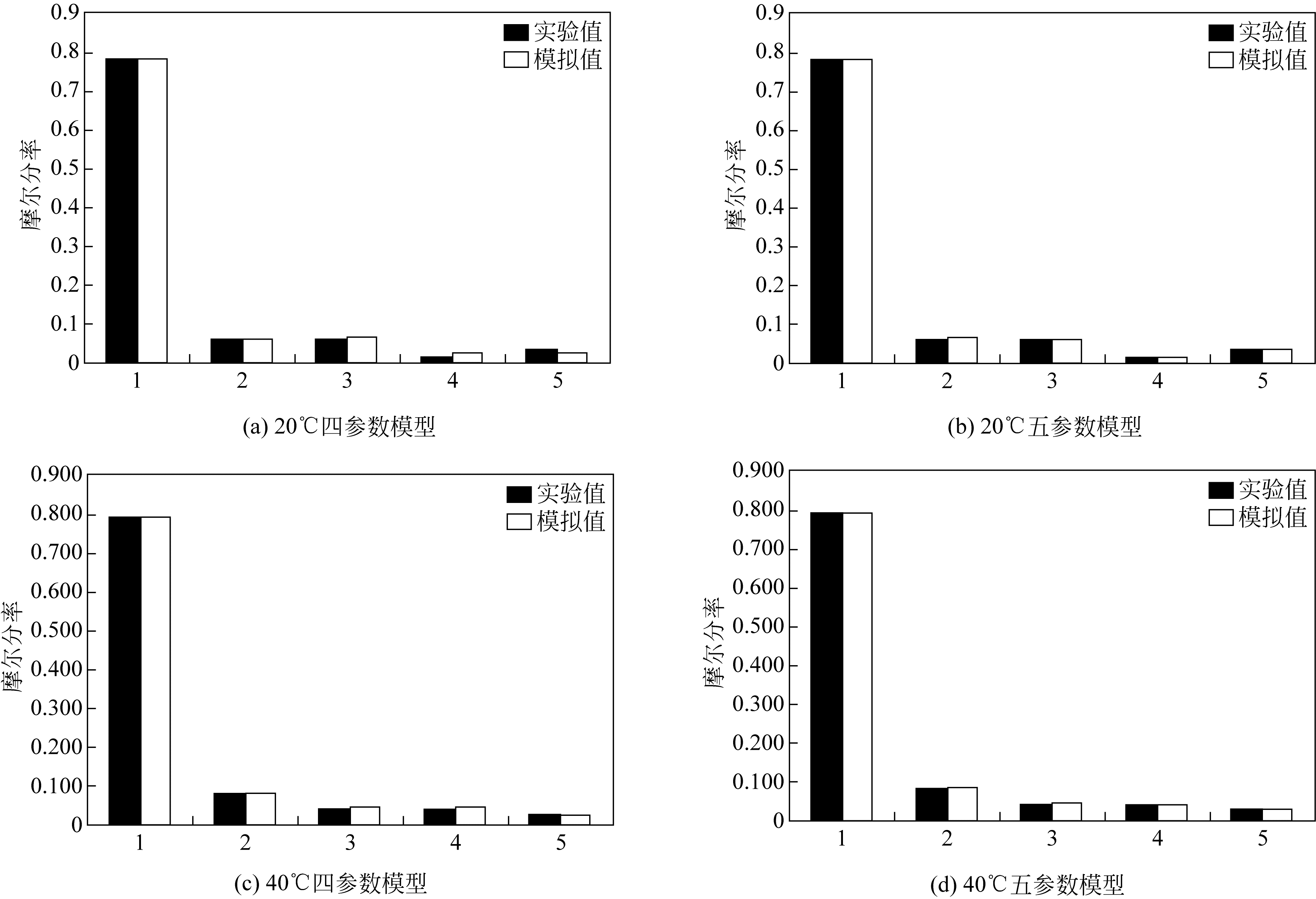| 1 |
潘锦, 高海洋, 伍青 . 支化与功能化聚乙烯[J]. 合成树脂及塑料,2009,21(12):2651-2659.
|
|
PAN J , GAO H Y , WU Q . Branched and functionalized polyethylene[J]. China Synthetic Resin and Plastics,2009,21(12):2651-2659.
|
| 2 |
BROOKHART M S , JOHNSON L K , ARTHUR S D , et al . α-Olefins and olefin polymers and processes therefor:US6897272[P].2005-05-24
|
| 3 |
ITTEL S D , JOHNSON L K . Late metal catalysts for ethylene homo and copolymerization[J]. Chem. Rev.,2000,100(4):1169-1204.
|
| 4 |
SIMON L C , SOARES J B P , SOUZA R F D . Monte Carlo simulation of branching distribution in Ni diimine catalyzed polyethylene[J]. AIChE J.,2000,46(6):1234-1240.
|
| 5 |
SIMON L C , WILLIAMS C P , SOARES J B P , et al . Effect of polymerization temperature and pressure on the microstructure of Ni diimine catalyzed polyethylene:parameter identification for Monte Carlo simulation[J]. Chem. Eng. Sci.,2001,56(13):4181-4190.
|
| 6 |
SOARES J B P , SIMON L C , SOUZA R F D . Simulation of branching distribution of polyethylene made with Ni diimine catalysts. An elegant solution using population balances[J]. Polymer Reaction Engineering,2001,9(3):199-223.
|
| 7 |
JOHNSON L K , KILLIAN C M , BROOKHART M . New Pd(Ⅱ) and Ni(II) based catalysts for polymerization of ethylene and R-olefins[J]. Am. Chem. Soc.,1995,117(23):6414-6415.
|
| 8 |
王俊, 宫喜艳, 李翠勤,等 . 后过渡金属催化剂催化乙烯制备超支化聚乙烯新进展[J]. 化工进展,2012,31(12):2729-2735.
|
|
WANG J , GONG X Y , LI C Q , et al . Advance in preparing hyperbranched polyethylene catalyzed by post-transition-metal catalysts[J]. Chemical Industry and Engineering Progress,2012,31(12):2729-2735.
|
| 9 |
DENNIS P L , RAY W H . Kinetic modeling and prediction of polymer properties for ethylene polymerization over nickel diimine catalysts[J]. Industrial & Engineering Chemistry Research,2005,44(16):5932-5949.
|
| 10 |
KILLIAN C M . Ni(Ⅱ) based catalysts for the polymerization and copolymerization of olefins: a new generation of polyolefins[D]. NC: University of North Carolina at Chapel Hill,1996.
|
| 11 |
MALDANIS R J , WOOD J S , CHANDRASEKARAN A , et al . The formation and polymerization behavior of Ni(Ⅱ) α-diimine complexes using various aluminum activators[J]. Organomet. Chem.,2002,645(1/2):158-167.
|
| 12 |
MUSAEV D G , FROESE R D J , MOROKUMA K . Molecular orbital and IMOMM studies of the chain transfer mechanisms of the diimine M(Ⅱ) -catalyzed (M= Ni, Pd) ethylene polymerization reaction[J]. Organometallics,1998,17(17):1850-1860.
|
| 13 |
WOO T K, BLOCHL P E , ZIEGLER T . Monomer capture in Brookhart’s Ni(Ⅱ) diimine olefin polymerization catalyst:static and dynamic quantum mechanics/molecular mechanics study[J]. Journal of Physical Chemistry A,2000,104(1):121-129.
|
| 14 |
RAMOS J , CRUZ V , MUNOZ-ESCALONA A , et al . Computational studies of the Brookhart’s type catalysts for ethylene polymerization. Part 2:Ethylene insertion and chain transfer mechanisms[J]. Polymer,2003,44(7):2169-2176.
|
| 15 |
LEATHERMAN M D , SVEHDA S A , JOHNSON L K , et al . Mechanistic studies of nickel(Ⅱ) alkyl agostic cations and alkyl ethylene complexes: investigations of chain propagation and isomerization in (α-diimine)Ni(Ⅱ)-catalyzed ethylene polymerization[J]. Journal of the American Chemical Society,2003,125(10):3068-3081.
|
| 16 |
MURTUZA S , HARKINS S B , LONG G S , et al . Tantalum and titanium based catalytic systems for the synthesis of hyperbranched polyethylene[J]. Am. Chem. Soc.,2000,122(9):1867-1872.
|
| 17 |
RAULT J . The alpha transition in semicrystalline polymers:a new look at crystallization deformation and aging process[J]. Journal of Macromolecular Science Part C,1997,37(2):335-387.
|
| 18 |
SIMON L C , WILLIAMS C P , SOARES J B P , et al . Kinetic investigation of ethylene polymerization catalyzed by nickel diimine catalysts[J]. Journal of Molecular Catalysis A: Chemical,2001,165(1/2):55-66.
|
| 19 |
JURKIEWICZ A , EILERTS N W , HSIEH E T . 13C NMR characterization of short chain branches of nickel catalyzed polyethylene[J]. Macromolecules,1999,32(17):5471-5476.
|
| 20 |
GALLAND G B , SOUZA R F D , MAULER R S ,et al . 13C NMR determination of the composition of linear low density polyethylene obtained with [η3 methallyl nickel diimine]PF6 complex[J]. Macromolecules,1999,32(5):1620-1625.
|
| 21 |
GUAN Z , COTTS P M , MCCORD E F , et al . Chain walking: a new strategy to control polymer topology[J]. Science,1999,283(5410):2059.
|
| 22 |
SIMON L C , PATEL H , SOARES J B P , et al . Polyethylene made with in situ supported Ni diimine/SMAO:replication phenomenon and effect of polymerization conditions on polymer microstructure and morphology[J]. Macromolecular Chemistry & Physics,2001,202(17):3237-3247.
|
| 23 |
郭春文 . α-二亚胺镍催化乙烯聚合制备高支化聚乙烯及其性能[D]. 杭州:浙江大学,2010.
|
|
GUO C W . Preparation and performance of highly branched polyethylene synthesized by α-diimine nickel[D]. Hangzhou: Zhejiang University,2010.
|
 ),Zhou TIAN2(
),Zhou TIAN2( ),Boping LIU1
),Boping LIU1






